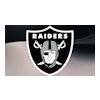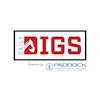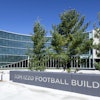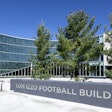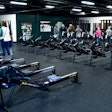The $30 billion health and fitness industry may be poised for a growth spurt to take advantage of untapped demand. Diversity in the types of fitness-related centers is at an all-time high, with the rise of myriad specialized gyms and franchises, ranging from barre to Crossfit and pilates to boxing. Competition among these centers is fierce and likely driving increased interest in the sale and purchase of fitness facilities, drawing a wide range of institutional buyers, investors and private equity buyers.
For both buyers and sellers of these facilities, there are several important factors to examine that are likely to influence the process of both evaluating a center’s viability as a sale or purchase, and its ultimate valuation. These factors will require review and analysis in the earliest stages of transaction consideration:
- Location and community: Gyms are primarily utilized by the residents of the community where the facilities are located and those who work in the area. An understanding of the demographics, large employers, surrounding businesses, dynamics of the local market, and other fitness facilities in the area, can offer important insights into a gym’s growth potential.
- Real estate: The actual real estate housing the equipment, employees and clients is an important factor in gym transactions. Brokers and potential buyers will factor into the valuation of a deal the square footage, whether the property is owned or leased, and the length and terms of the lease.
- Equipment: Equipment can be very valuable in certain types of fitness center transactions. Always evaluate whether the equipment is considered the latest and greatest or if it needs upgrading. This involves consideration of its condition, brand, age and popularity.
- Memberships: For most gyms, the main source of revenue is memberships. The number of current members, the type and level of their membership, turnover of members, and the price of those memberships will become an integral part of assessing the financial viability of a deal.
- Employees: Payroll is a key component of gym operations. Trainers can often be employed on a full-time, part-time or independent-contractor basis. Understanding the composition of gym staff — how they are compensated, turnover and other key terms in their compensation arrangements — is an important part of assessing a facility’s financial operations and future viability.
- Operating financial terms: Brokers and potential buyers will be interested in a financial snapshot, usually EBITDA (earnings before interest, taxes, depreciation and amortization) or an estimate of revenue and profits. These financial terms can be a determining factor in how a gym is positioned for sale and which potential buyers are a good fit.
For anyone interested in selling a gym or fitness facility, understanding these key factors will facilitate the process of finding the right potential buyers, particularly when discussing potential valuation and purchase price. As a buyer interested in this space, understanding expectations and interests with respect to these metrics will help to identify the right opportunities.
Brittany E. Allison is an attorney at Greenberg Traurig. She focuses her practice on health care and private equity transactions, including mergers, acquisitions, joint ventures and other affiliations.











